Diamond Painting How to Seal Finished Painting?
Diamond painting has become a popular and enjoyable craft for many art enthusiasts. The process of meticulously placing tiny resin diamonds on a canvas to create stunning, sparkling artworks can be truly rewarding.
However, once you’ve completed your diamond painting masterpiece, you may wonder if you should take an extra step to seal it. In this article, we will explore the topic of sealing finished diamond paintings, discuss the factors to consider, and provide a step-by-step guide to help you make the right decision for preserving your treasured artwork.
Understanding the Importance of Sealing Diamond Paintings
Sealing a diamond painting involves applying a protective layer over the surface of the canvas, covering the diamonds and the adhesive. The primary purpose of sealing is to provide added protection to the artwork, ensuring that the diamonds remain securely in place and reducing the risk of them falling off over time.
Additionally, sealing can safeguard the canvas from dust, dirt, and moisture, which might otherwise tarnish the artwork’s appearance.
Factors to Consider Before Sealing
Before you decide whether to seal your diamond painting, consider the following factors:
Canvas Quality and Adhesive Strength The quality of the canvas and the adhesive used in your diamond painting kit play a crucial role. High-quality kits typically come with a strong, poured-glue adhesive that effectively holds the diamonds in place. If you have purchased your kit from a reputable source like Craft-Ease, the need for sealing may be reduced.
Display Method Think about how you plan to display your finished diamond painting. If you intend to frame it with glass protection, the glass itself will shield the artwork from external elements, and sealing might not be necessary.
Protection vs. Sparkle It’s essential to understand that sealing your diamond painting will trade off some of its shine and sparkle. The sealant creates an additional layer on top of the diamonds, reducing their reflectiveness. This effect is particularly noticeable with pearlescent AB diamonds that emit a distinct glow.
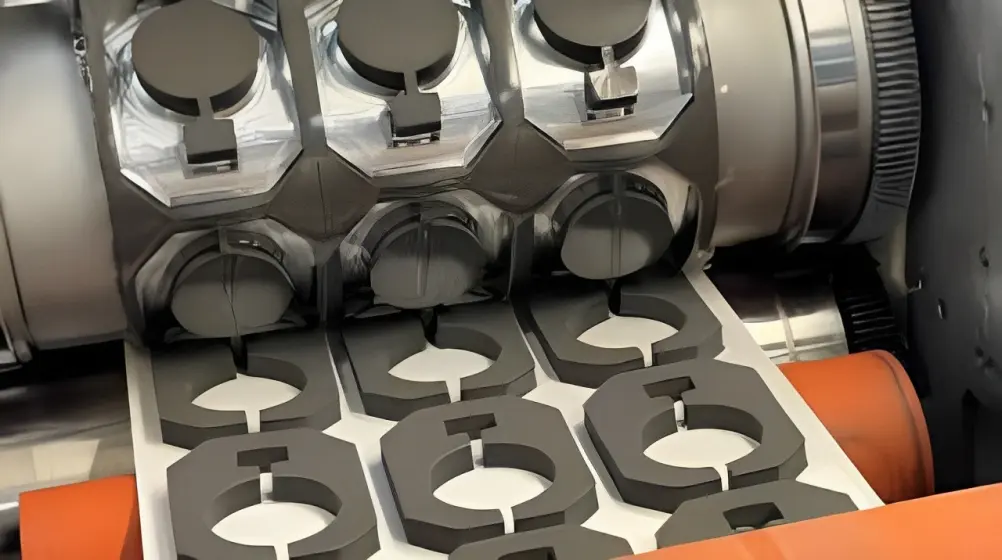
Different Types of Sealants
There are two common types of sealants available for diamond paintings:
Spray-on Sealants Spray-on sealants come in aerosol bottles and are relatively easy to apply. They are a popular choice for many crafters and do not yellow over time. These sealants leave the canvas slightly softer and more flexible.
A well-known brand for this type of sealant is ModPodge Spray Acrylic Sealer, readily available on various online eCommerce platforms and local craft stores. Another alternative is the Tombow Aqua liquid glue, which works as both a spray-on and brush-on sealant.
Brush-on Sealants Brush-on sealants usually come in tubs or tins and require a brush for application. There are various finishes and materials to choose from, depending on your preferences.
Some commonly used brush-on sealants include ModPodge Super Glossy, DuraClear Gloss Varnish, MinMax Polyurethane, and MinMax Polycrylic.
Preparing Your Diamond Painting for Sealing
Before applying the sealant, it’s essential to prepare your diamond painting:
Flattening the Canvas Ensure your canvas is flat and free of wrinkles. Follow a guide on how to flatten your diamond painting canvas to achieve the best results.
Rolling the Diamonds Roll over the diamonds with even pressure to ensure they are firmly adhered to the canvas. A silicone-covered craft roller or a kitchen wooden rolling pin covered with a thin towel or t-shirt can be used for this purpose.
Ensuring a Clean Canvas Make sure the canvas is as clean as possible to prevent trapping any dirt under the sealant. Seal the painting soon after completing it to maintain its cleanliness.
Working in the Right Environment Work in a well-lit and well-ventilated room, as some sealants contain harsh chemicals that may release irritants.
Step-by-Step Guide to Sealing Your Diamond Painting
Now that your diamond painting is ready for sealing, follow these steps:
Tape Your Canvas: Secure your canvas on a flat and even surface using tape to keep it steady during the sealing process.
Apply the Sealant: Use a flat brush with soft hairs to apply a thin, even layer of the sealant. Ensure you get into the grooves between diamonds for complete coverage. Alternatively, you can use a craft scraper or an old credit card to remove any excess sealant.
Allow the Sealant to Cure: Refer to the instructions on the sealant product for the recommended drying time. For best results, leave the painting to dry overnight or as specified on the product label.
Pros and Cons of Sealing Your Diamond Painting
Benefits of Sealing
Sealing your diamond painting offers several benefits, including:
- Enhanced Protection: The sealant acts as a clear cement, unifying the diamonds and the canvas, providing added protection against falling drills and dust.
- Easier Cleaning: A sealed painting is easier to clean, especially if the sealant has a waterproof property, making it simple to wipe off any dirt or stains with a damp cloth.
Drawbacks of Sealing
However, sealing your diamond painting comes with a few drawbacks:
- Reduced Shine: The sealant layer can diminish the sparkle of the diamonds, particularly affecting the pearlescent effects of AB diamonds.
- Difficulty in Adding Diamonds: Sealing the painting makes it challenging to add more diamonds if needed.
Making the Decision: To Seal or Not to Seal?
The decision to seal your diamond painting ultimately depends on your preferences and how you plan to display and preserve your artwork.
If you aim to protect your painting for the long term and are willing to trade off some shine, sealing can be a worthwhile option. However, if you are satisfied with the canvas’s adhesive strength and prefer maximum sparkle, you might choose not to seal it.
Conclusion
Sealing your finished diamond painting can provide an extra layer of protection and help preserve your artwork for years to come. However, keep in mind that sealing will result in a trade-off between protection and shine. Consider your display preferences, canvas quality, and adhesive strength before making the final decision. By following the step-by-step guide and choosing the right sealant for your needs, you can ensure your diamond painting remains a dazzling masterpiece for generations to come.
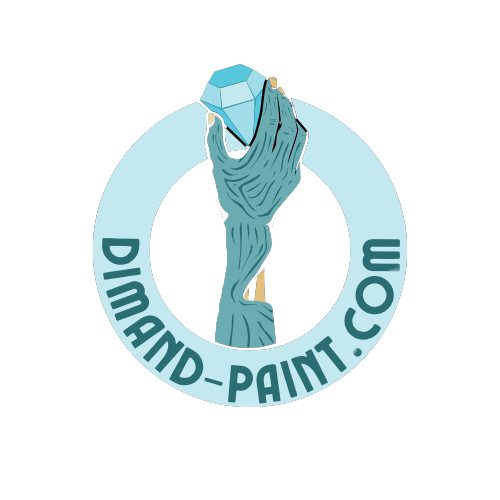



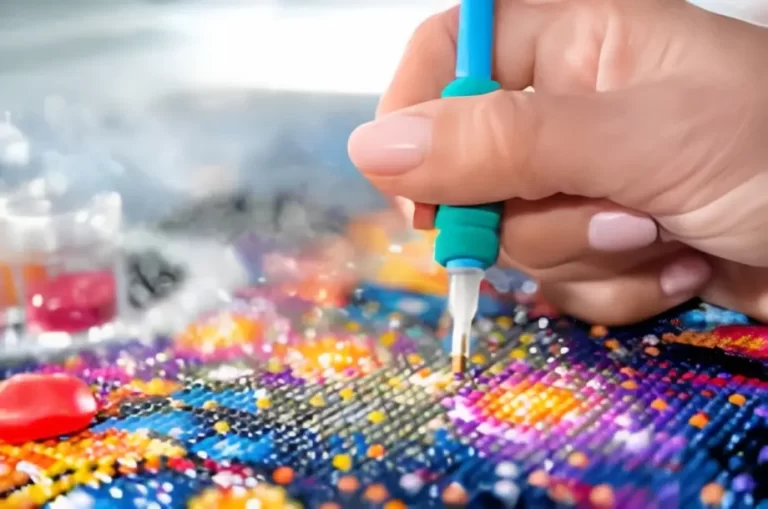

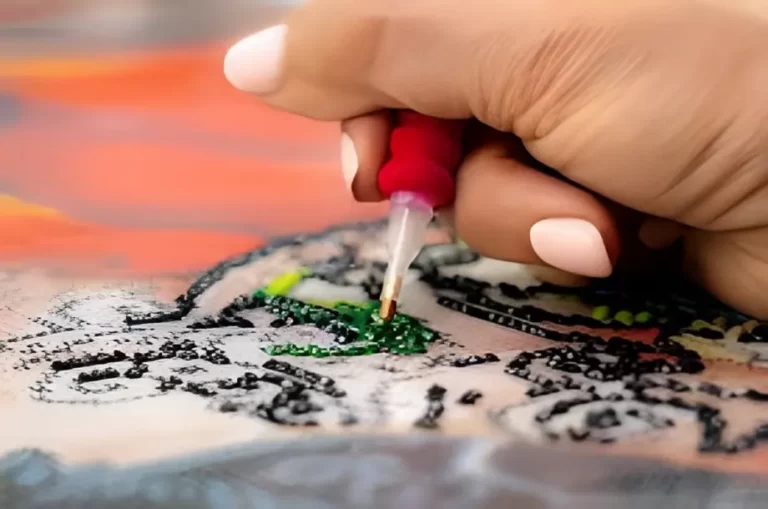
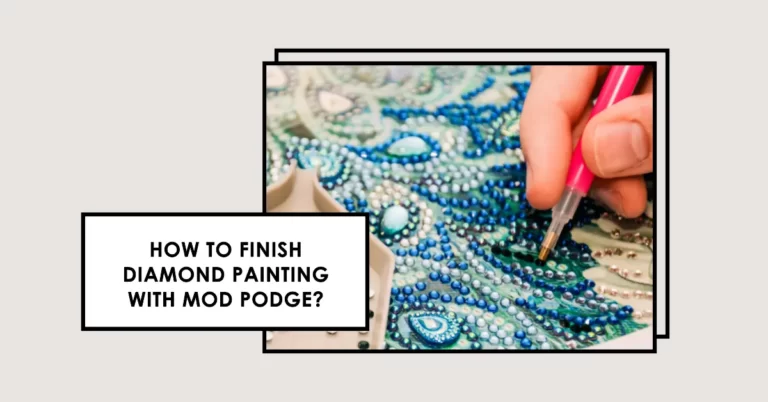
One Comment